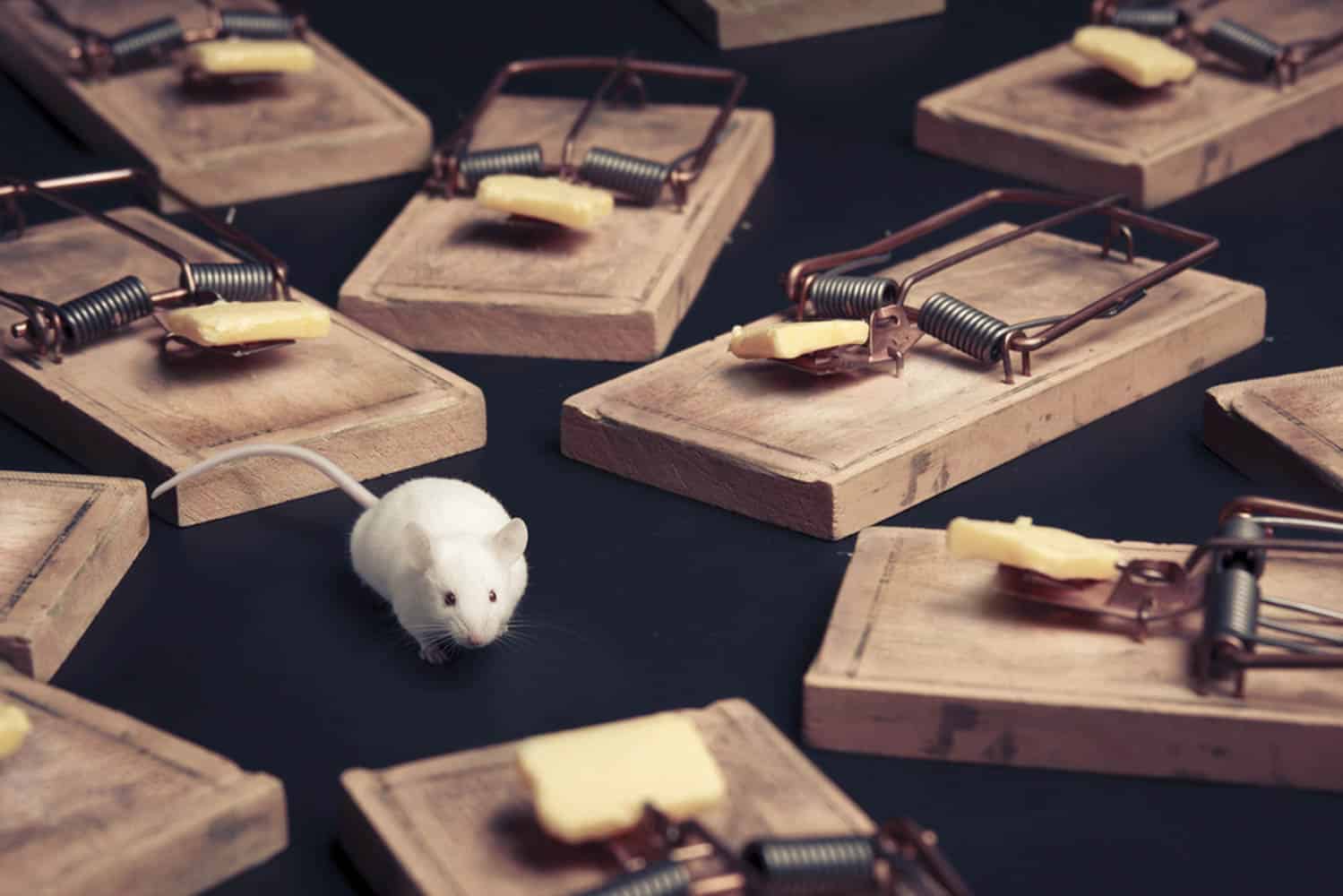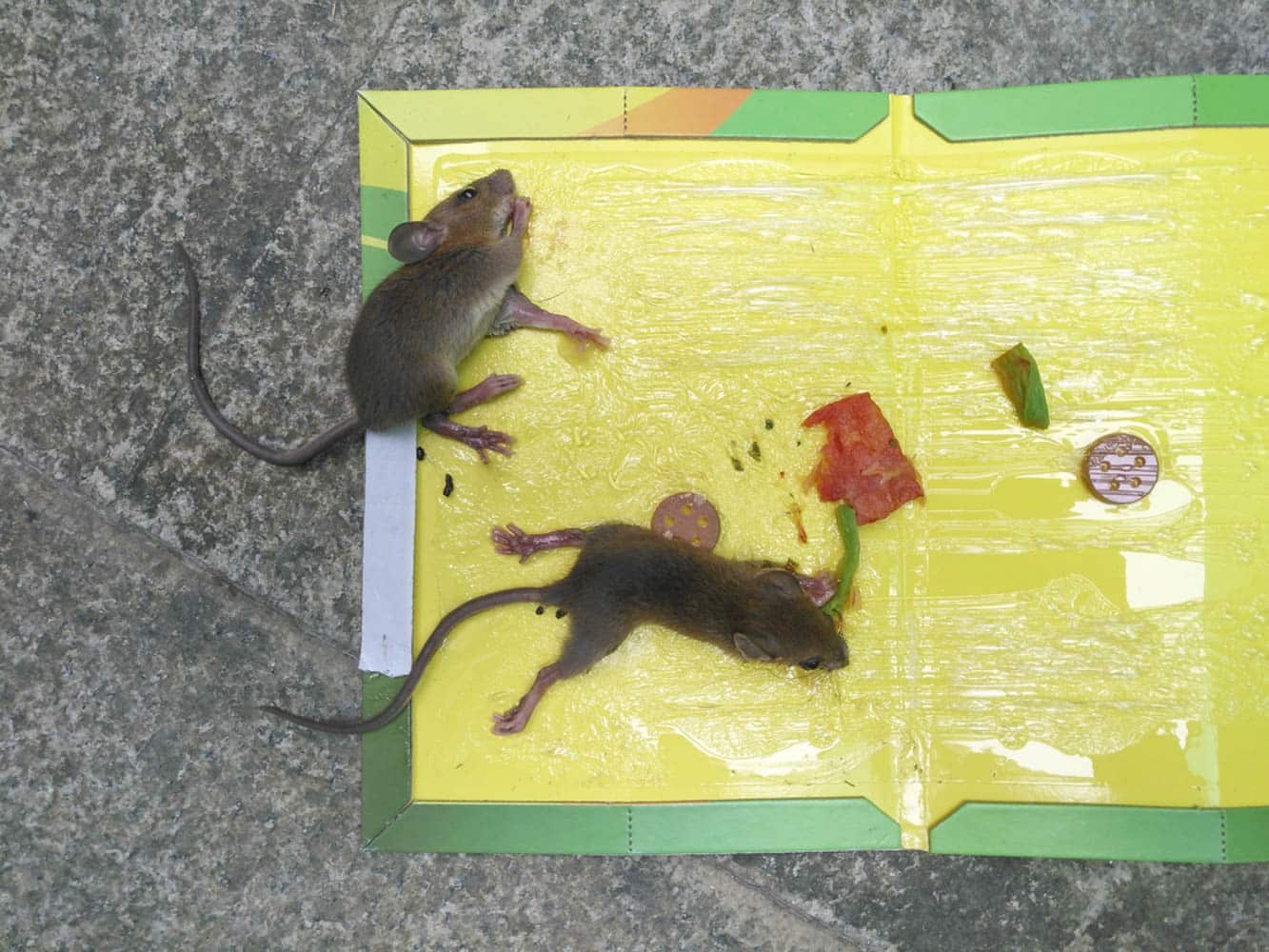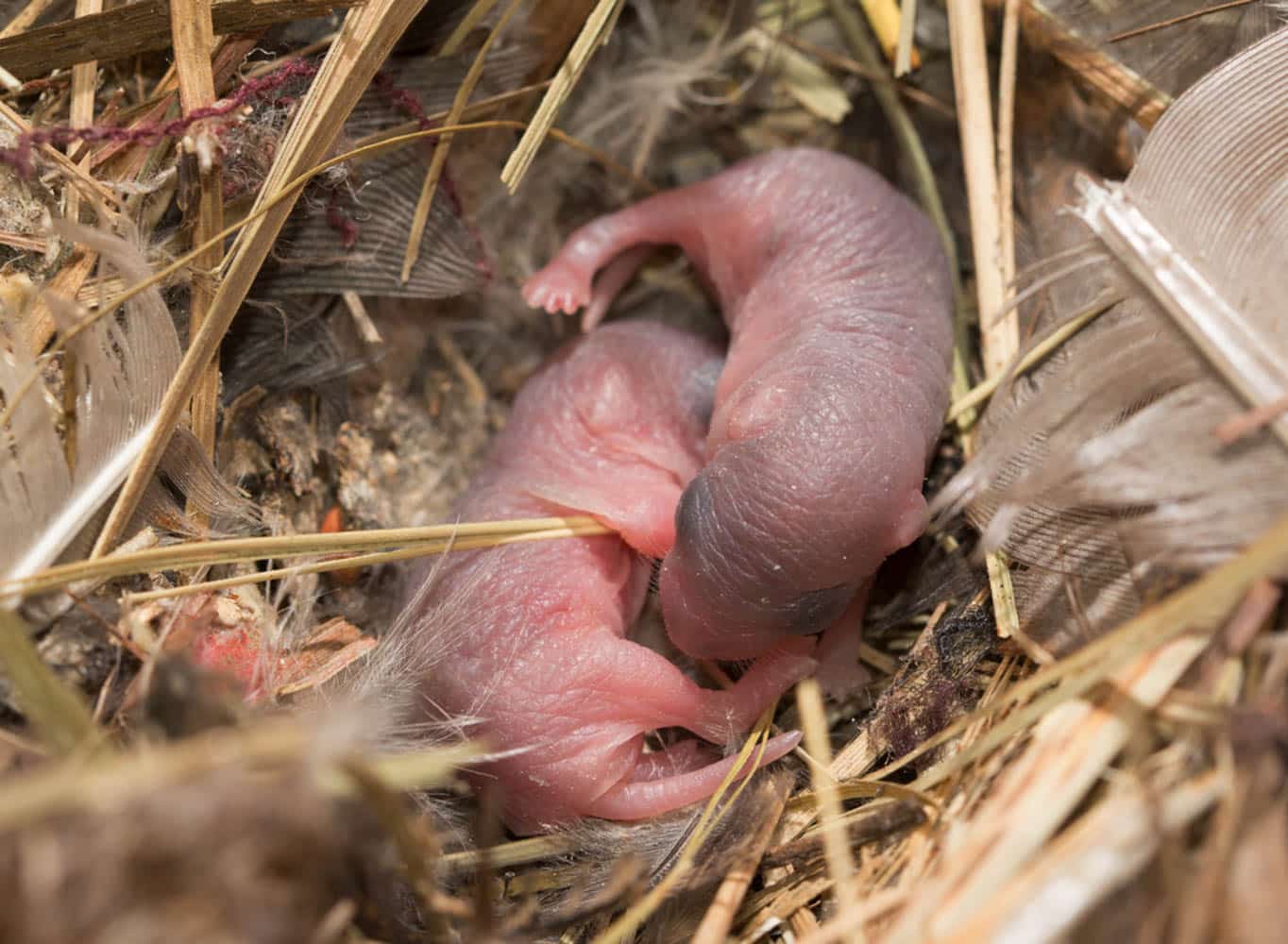Just what is the best bait to catch mice? If this is your first time encountering a mouse infestation in your home or building, you might have trouble looking for the best lure. Baits for mouse traps can vary depending on what you have available at home.
Having a mouse infestation needs immediate attention since the longer you leave the problem alone, the worse it gets. Having unwanted mice on the property is one of the most common domestic and commercial pests in many places.
Despite thinking that mice are not as bad as sewer rats, they can still be pests. When you have one mouse on the property, they can easily multiply over the months that you leave them there. Rather than waiting for the infestation to start, it’s a good idea to stop it at the beginning. So learn how to lure a mouse out of hiding with us.
Mice and Pest Control Processes
To ensure that your mouse traps work, you need to know what types of lures are effective. You can try and set up lures in the meantime or you can call professionals and ask for advice. They can give you suggestions on how to temporarily manage your infestation problem while waiting for the pest control services.
Pet Food
If you have pets, you can use wet cat or dog food as lures. Pet food is a good bait for mice since they usually go for your pets’ leftovers after you’ve fed your pets. You can usually spot them hiding under the cabinets or in the corners after stealing the pet food.
Meat, Raw and Cooked
You can use raw or cooked meat as lures for mice. Cut up small pieces of meat and put them in the trap. You can use hot dogs or other parts of meat that you’d usually use in your home dishes. Ensure that the bait is placed correctly on the lure so that the mouse triggers the pressure to activate the lure.
Peanut Butter
Another common household item that you can use for bait is peanut butter. Most homes have peanut butter stored in their pantries, and they can use this to deal with mouse infestations. These residents can smell peanut butter from afar and are easily attracted to it. Both mice and rats like the high fat and sugar that’s present in peanut butter.
Marshmallows
Another common item in households is marshmallows. Mice love sweets and you can use marshmallows as bait because of their very high sugar count. You can use either one or two, depending on how many baits you decide to set up.
Cheese
This is probably one of the most popular baits used to lure. Almost every household has a stock of cheese since it is used in many types of food. If you want to catch a lot of mice, try to use cheese that has a stronger smell, as the mice can pick up the scent of it quickly.
Materials for Nests
Mice tend to build nests even inside your home, and they will scurry around out of sight to look for materials. You can place cotton balls, strings, and even dental floss near the holes or spaces where the mice are hiding. They will eventually find these materials and you can set up a trap to catch them.
Chocolate Bars
It’s no doubt that mice love sweets and chocolate is also one of them. You can use chocolate bars or candies to attract mice out of their hiding spots. They can smell small bits of chocolate that you set up on the traps.
Seeds
Even though mice love sweets, seeds are part of their natural diet. They will also get attracted to seed baits, especially when you’re the type to not eat sweets or to buy a lot of sweets at home. However, the mouse will gravitate more towards sweet foods around the area and those that have stronger scents.
Ensuring Your Baits Work
Your food baits will only go to waste if you don’t properly place them in the right places. It’s also important to note that mice have very sharp-smelling senses. This means they are wary of human scent and will also try to avoid items that could have your scent on them.
Do not contaminate your bait with your hands as much as possible. Mice that know your scent will not approach your baits and you will have a harder time catching them. One good way to avoid this is to use gloves while preparing your bait and traps.
You should also remember that baits will work for some and won’t for others. A lot of factors should be considered, such as the layout of the home, the size of the infestation in the area and how familiar the mouse mice are with the baits.
Adjusting Your Baits
Don’t feel defeated when your baits don’t work at first. It could take some time to find the right bait and the best place for you to set the trap. Sometimes it will take you several trials and errors to find the perfect bait and the best spots to place it.
One thing you can do is switch your baits around. Make your baits unpredictable and switch them around until you find one that works. Also, you should switch the traps since some mice can recognize traps and avoid getting entangled with them.
There is even the mouse that can get out of snap traps because they are overly familiar with them. There are also some cases where both the bait and the mouse are gone but your trap is still there. Mice can snatch up bait and avoid traps if you can’t place them well.
In cases where the mice have figured out how your traps work, try to test your traps and see which triggers could be effective on unsuspecting mice. It also helps to place baits that make the mice struggle when they bite, such as cheese, peanut butter, or even chocolate.
Calling Pest Control Services
Putting your bait and traps up can be exhausting, especially for people who are busy and don’t have time to set them up. Rather than putting off the traps, you could always call in pest control, mouse infestations will be a thing of the past once they’re done.
Pest control companies have the technology and the proper equipment to remove infestations from homes and buildings. You can also ask them for advice when you want to keep your home safe and clean in the future. So what is the best bait for mice? It’s the one that works best with the infestation type in your area.




